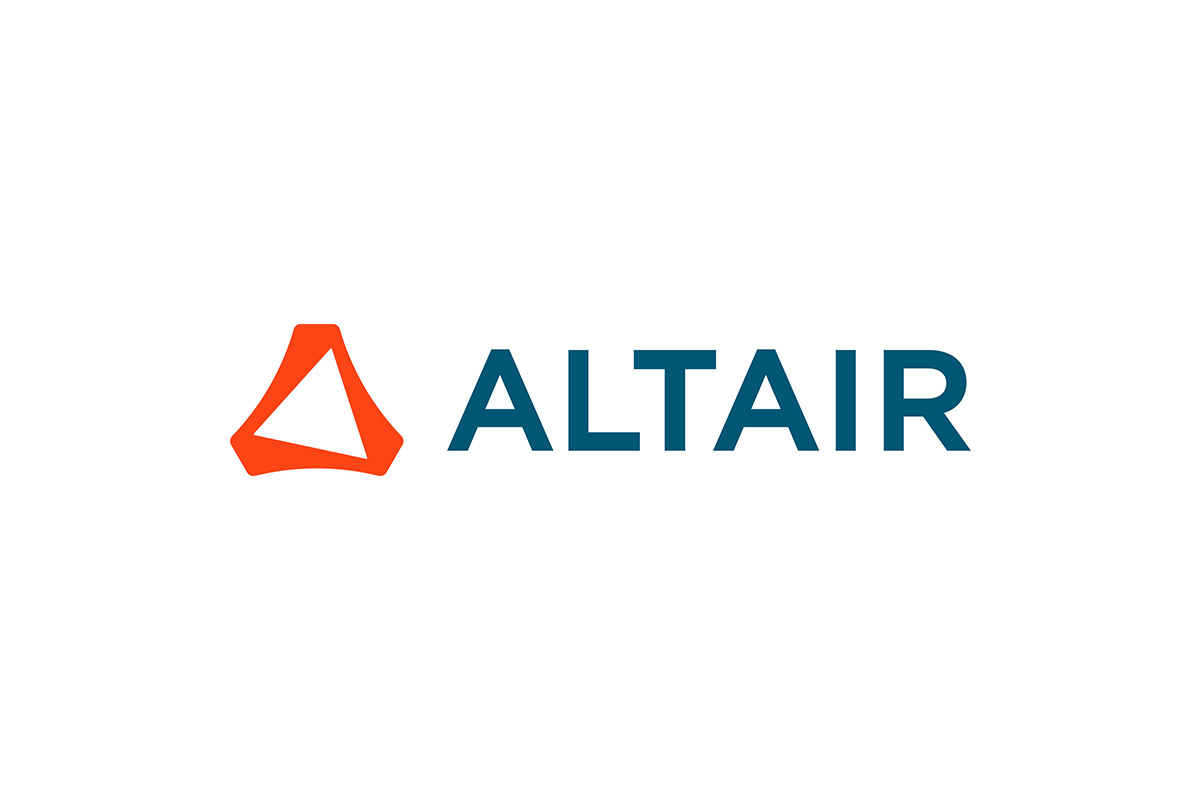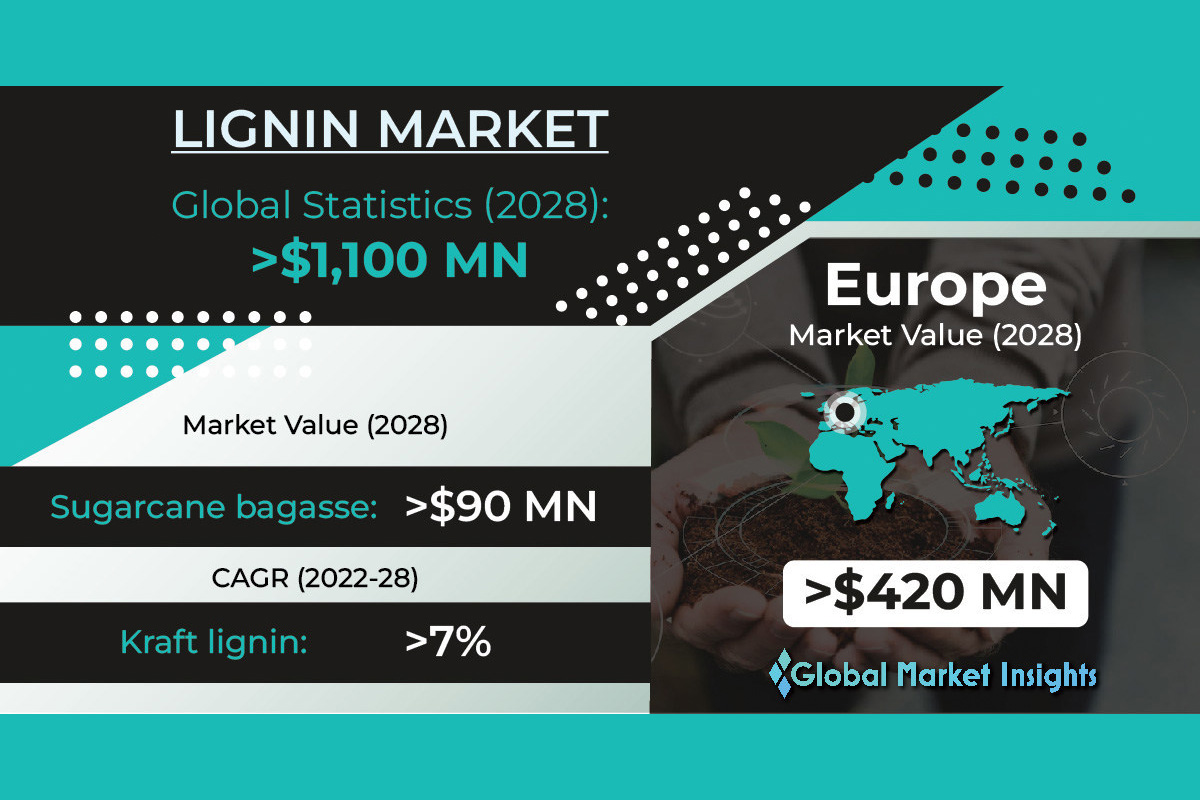Selvita S.A. (WSE: SLV), one of the largest contract research organizations (CRO) in Europe, reported its preliminary financial results for Q2 and H1 2022*. According to the preliminary estimates published, the Group continues its dynamic growth, already exceeding the assumptions of the development strategy for 2022-2025 presented in March.
- In Q2 2022, Selvita Group generated EUR 22.4 million in revenues, indicating 46% increase y/y. EBITDA profit amounted to EUR 6.1 million and was 64% higher compared to same period in 2021. The net profit reached EUR 3.4 million – i.e. 50% more than in the previous year. This means an increase in both profitability at the EBITDA level from 24.5% to 27.5%, and the net profit from 14.9% to 15.3% y/y.
- In the whole H1 2022, the Group achieved EUR 42.9 million in revenues, which indicates an increase of 40% y/y. The EBITDA profit in this period achieved EUR 12.1 million and was 60% higher than in the previous year. The net profit reached EUR 7.1 million (an increase of 79% compared to H1 2021). Thus, the EBITDA profitability increased in the referenced period from 24.8% to 28.2%, and the net profit increased from 12.9% to 16.5% y/y.
- The Group’s backlog for the entire year 2022 exceeds EUR 77.3 million (as on 2nd September 2022) and is 32% higher than the value reported a year earlier (as on 16th September 2021).
– Since the beginning of 2022, we have been working very intensively to accelerate the development of Selvita. In Q1 2022, we presented the updated development strategy for 2022-2025, and implemented changes in the company’s structure. After a few months, we can already see the first effects of the actions taken. The second quarter of this year was even better than the first one, with our revenues increasing by 46% year on year in this period. In the entire first half of the year, our revenues reached EUR 43 million. The level of the backlog for this year indicates that we can grow significantly above our assumptions. At the same time, we are maintaining high profitability. We also do not observe the geopolitical situation or turbulences in the global economy and supply chains to have any negative effect on the implementation of our plans – comments Bogusław Sieczkowski, co-founder, significant shareholder and Chief Executive Officer at Selvita.
In both Q2 and H1 2022, the research services executed in Poland and Croatia accounted for 88% of the Group’s revenues. In the April-June period, aforementioned activities generated EUR 19.3 million in revenues, which indicates an increase of 43% y/y. From the beginning of the year until June, the value of revenues had amounted to EUR 37.0 million, i.e. 38% more than in the corresponding period previous year. In the first six months of 2022, EBITDA profit of research services executed in Poland and Croatia reached EUR 11.3 million, which shows an increase of 61% y/y.
The bioinformatics segment i.e. Ardigen, generated almost EUR 4.6 million in external revenues in H1 2022, which indicates a 62% increase y/y (over EUR 2.3 million in Q2 alone, i.e. 63% higher y/y). At the end of H1, EBITDA in this part of the business amounted to EUR 0.8 million – 39% increase y/y. The bioinformatics backlog currently amounts to EUR 9.4 million, which means an increase of 56% compared to the same period a year earlier.
Such a significant increase in Selvita’s financial results is, among others, a result of the internal integration of the drug discovery area executed as part of the organizational structure changes and putting more focus on the high-margin services.
– We are already seeing the first effects of the consolidation of both companies under the Selvita brand. We are maximizing synergies, developing high-value services and entering new research areas. At the same time, we are looking for niches in which we could stand out from our competition. All this has a positive effect on the effectiveness of our business. We are convinced that it will also be visible in our future results – explains Dr. Adrijana Vinter, Global Head of Drug Discovery and Board Member at Selvita.
Further organizational structure changes were aimed at preparing the Group for further dynamic growth and involved integration of the business development teams.
– After the merger with Fidelta, we worked on creating the most clear and consistent offer. Along with the integration of the Croatian company under the Selvita brand, we have introduced numerous changes and improvements in our business development structures. The recorded growth dynamics are the result of, among others, these activities. We are maximizing our potential and strengthening our position on the market – says Dr. Miłosz Gruca, Chief Commercial Officer and Vice President of the Management Board at Selvita.
In order to provide the infrastructure resources necessary for further organic growth, Selvita is building its own laboratories in Krakow, creating workplaces for 250 scientists.
– We are undertaking numerous activities to secure ourselves a place for further organic growth. The key project implemented in this area is the construction of our own research building, which completion is planned for the first quarter of 2023. At the beginning of the year, Selvita also purchased a second, adjacent construction plot. As a result, depending on our needs, four research facilities can be built, creating over 1000 workplaces. At the same time, we are continuously looking to expand our infrastructure in Poznan and Zagreb – explains Dr. Mirosława Zydroń, Chief Operating Officer and Member of the Management Board of Selvita.
Implementation of the development strategy 2022-2025
At the end of Q1 2022, Selvita, having achieved the strategic goals set for the end of 2023 one year ahead, announced an updated development strategy for 2022-2025. During this period, the company plans to triple its sales revenues (up to EUR 200 million), while maintaining high profitability. The company will implement its strategy through organic growth and acquisitions. The implementation of the planned investments intends to allow Selvita to become the leading global preclinical CRO.
The Selvita Group Development Strategy for 2022-2025 is based on three key pillars:
- Comprehensive drug discovery and development offer – supplementing the drug discovery offer and building the drug development segment
- Focus on high-value services for the client – specialization in selected therapeutic areas and development of unique competences
- Development of the Group’s operations in the largest markets in the United States and Great Britain – increasing teams and potentially new locations for laboratories
In the area of acquisitions, in 2022-2025, Selvita intends to acquire at least two preclinical CROs in Europe or North America, providing services complementary to the Company’s offer or enabling the expansion of the scale of its operations, allocating a total of EUR 110 million for this purpose.
– The results we achieved in the first half of 2022 mean that at this stage organic growth is ahead of our assumptions. At the same time, we have prepared our structure for further acquisitions and we are in continuous discussions with potential acquisition targets. I am convinced that also in this area we will be able to implement our development plans – adds Bogusław Sieczkowski.
*The results do not include the accounting costs of the employee incentive program. Consolidated semi-annual report for H1 2022 will be published on September 14, 2022.
**percentage changes calculated on the amounts in original reporting currency i.e. PLN
 . Growing demand of various applications such as lithium-ion battery electrolytes is expected to drive the global dimethyl carbonate market.
. Growing demand of various applications such as lithium-ion battery electrolytes is expected to drive the global dimethyl carbonate market.










